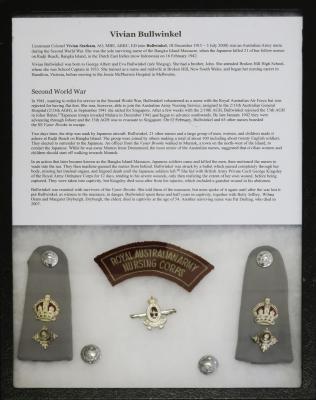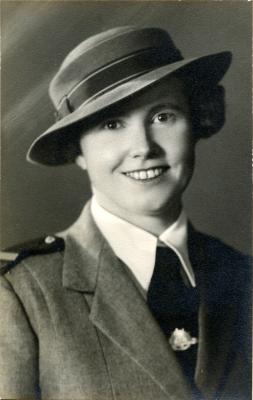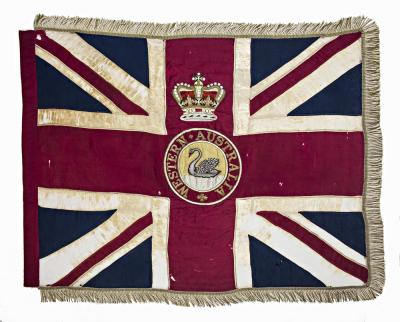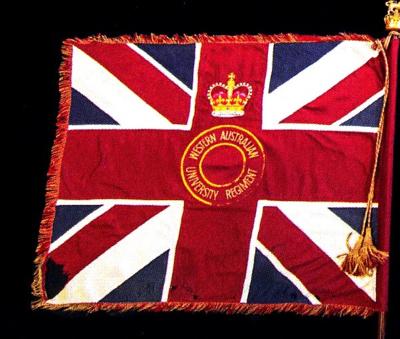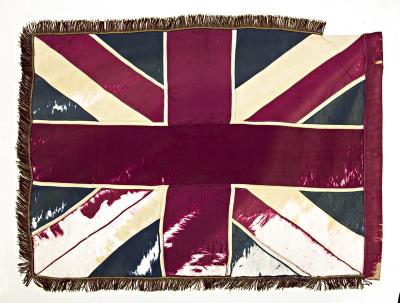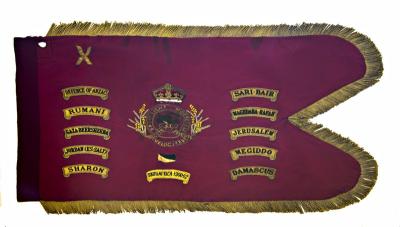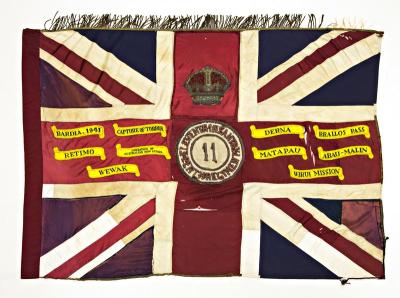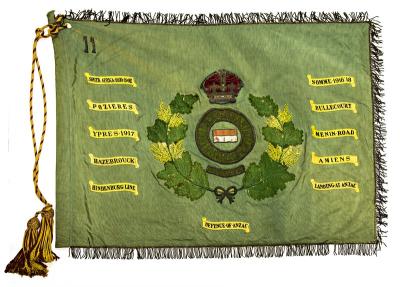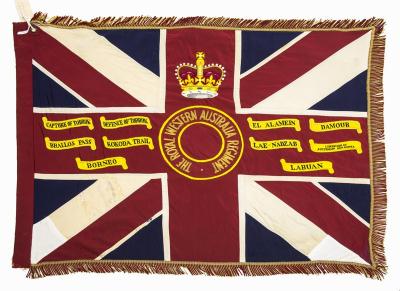World War 2, Australia, Western Australia,SS Vyner Brooke, FARMANER, 1940
Studio Portrait of Nursing Sister Peggy Farmaner
Sister Peggy Farmaner was born in 1912 in Claremont, Western Australia and was part of a well-known settler family from the area.
She was known to have a garden under her name at her family estate that was tended to by family.
Her nursing career began at Perth Hospital, after which she moved to Sydney. Once World War II was declared, she immediately returned to Perth and enlisted in the Australian Army Nursing Service. She left for Malaya in August 1940 and joined the 2/4th Casualty Clearing Station.
Sister Farmaner’s final letter to her family was written on 9 February 1942 and described her concern for the situation but reminded her mother not to worry about her. She was killed a week later.
After news of her death reached her family, Sister Farmaner’s mother reportedly sent flowers to all the remaining nurses upon their return to Western Australia to commemorate her death.
Details
Details
On 12 February 1942, Vyner Brooke was one the last ships carrying evacuees to leave Singapore. Although she usually only carried 12 passengers, in addition to her 47 crew, Vyner Brooke sailed south with 181 passengers embarked, most of them women and children. Among the passengers were the last 65 Australian nurses in Singapore. Throughout the daylight hours of 13 February Vyner Brooke laid up in the lee of a small jungle-covered island, but she was attacked late in the afternoon by a Japanese aircraft, fortunately with no serious casualties. At sunset she made a run for the Banka Strait, heading for Palembang in Sumatra. Prowling Japanese warships, however, impeded her progress and daylight on February 14th found her dangerously exposed on a flat sea just inside the strait.
Not long after 2 pm Vyner Brooke was attacked by several Japanese aircraft. Despite evasive action, she was crippled by several bombs and within half an hour rolled over and sunk bow first. Approximately 150 survivors eventually made it ashore at Banka Island, The island had already been occupied by the Japanese and most of the survivors were taken captive.
However, an awful fate awaited many of those that landed on Radji beach. There, survivors from the Vyner Brooke joined up with another party of civilians and up to 60 Commonwealth servicemen and merchant sailors, who had made it ashore after their own vessels were sunk. After an unsuccessful effort to gain food and assistance from local villagers, a deputation was sent to contact the Japanese, with the aim of having the group taken prisoner. Anticipating this, all but one of the civilian women followed behind. A party of Japanese troops arrived at Radji Beach a few hours later. They shot and bayoneted the males and then forced the 22 Australian nurses and the one British civilian woman who had remained to wade into the sea, then shot them from behind. There were only two survivors - Sister Vivian Bullwinkel, and Private Cecil Kinsley, a British soldier. After hiding in the jungle for several days the pair eventually gave themselves up to the Japanese. Kinsley died a few days later from his wounds, and Bullwinkel spent the rest of the war as an internee.
Of the 65 Australian nurses embarked upon the Vyner Brooke, 12 were killed during the air attack or drowned following the sinking, 21 were murdered on Radji Beach, and 32 became internees, 8 of whom subsequently died before the end of the war.
The story of Vyner Brook and the Banka Island Massacre is told in the Prisoner of War Gallery at the Australian Army Museum of WA
Australian Army Museum of Western Australia
Australian Army Museum of Western Australia
More items like this
Other items from Australian Army Museum of Western Australia
- Kings's Colour - 1st Infantry Regiment (WA Volunteers) (1896 Presentation)
- 44th Battalion (The West Australian Rifles) - King's Colour (Initial Presentation 1920)
- 44th Battalion (The West Australian Rifles) - Regimental Colour (1927 Presentation)
- Western Australian University Regiment - King's Colour - 1958 Presentation
- 1st Battalion, 11th Australian Infantry Regiment (Perth Regiment) - King's Banner (1911 Presentation)
- Regimental Colour - 1st Battalion, 11th Australian Infantry Regiment (Perth Regiment) (1911 Presentation)
- 10 Light Horse Regiment - Guidon (1928 Presentation)
- 11th Battalion (The City of Perth Regiment) - King's Colour (1920 Presentation)
- 11th Battalion (The City of Perth Regiment) - Regimental Colour (1929 Presentation)
- 16th Battalion (The Cameron Highlanders of Western Australia) - Regimental Colour (1952 Presentation)
- 28th Battalion (The Swan Regiment) - King's Colour (Initial Presentation 1920)
- 16th Battalion, The Royal Western Australia Regiment - King's Colour (1962 Presentation)
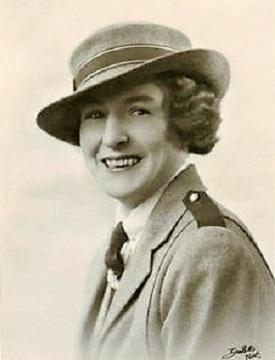
Scan this QR code to open this page on your phone ->

